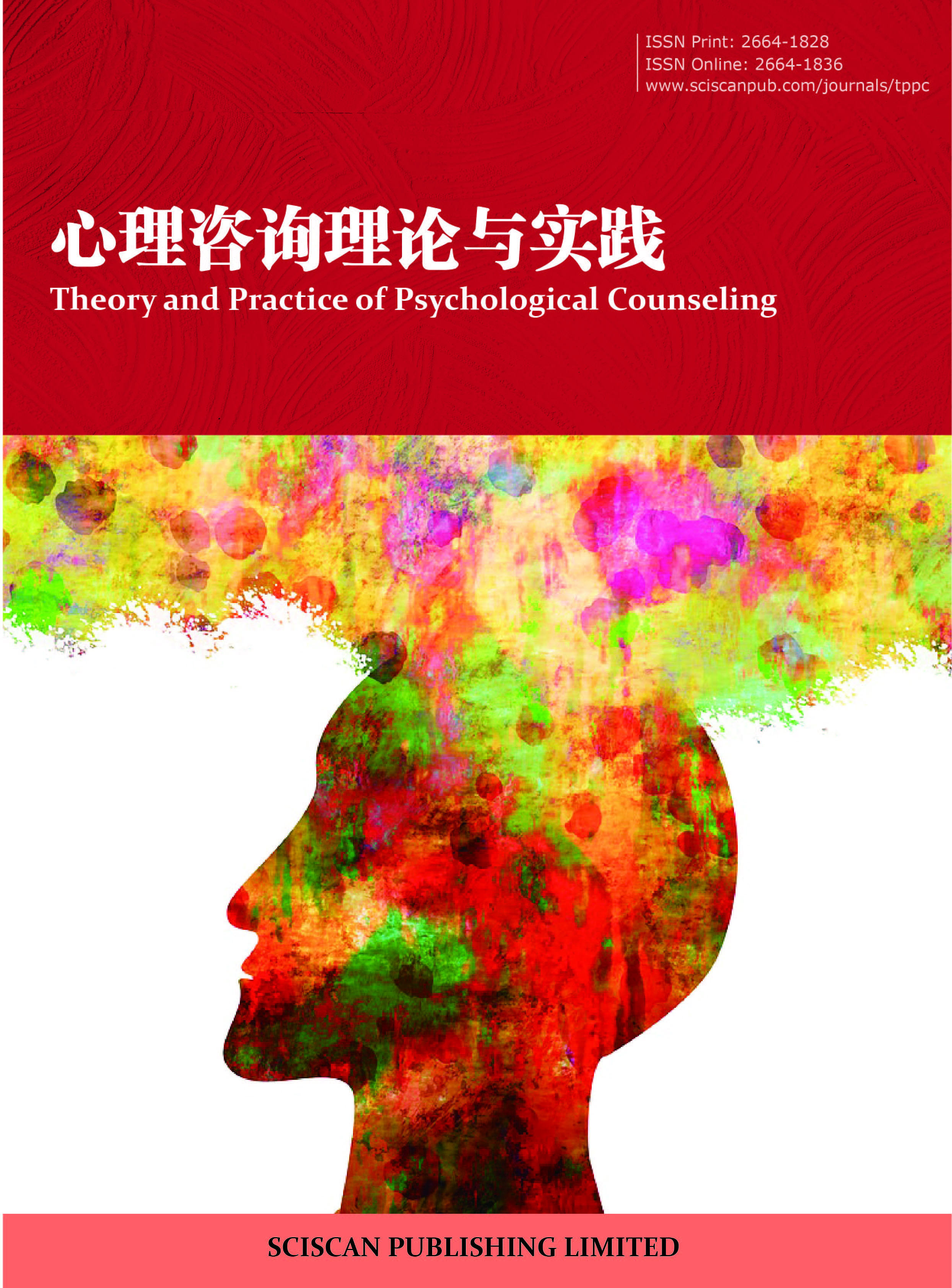Theory and Practice of Psychological Counseling
ISSN Print: 2664-1828
ISSN Online: 2664-1836
Contact Editorial Office
Subscribe to the latest published information from SCISCAN
两仪心理疗法简论
Introduction to Yin-Yang Psychotherapy
- Authors: 杨文圣
-
Information:
上海交通大学心理咨询中心,上海,200240
-
Keywords:
Yin-Yang Psychotherapy; Yin and Yang; Six dimensions; Four seasons; I Ching两仪心理疗法; 阴阳; 六维; 四时; 易经
- Abstract: Yin-Yang Psychotherapy defines and categories power in people’s mind into two kinds- “Yin” and “Yang”,Yin being the adherence and Yang the activity. Adherence is the power of self-restricting,leading to self- enclosing,self-repeating,and even self-demolishing. Activity is the power of self-fulfillment. When the activity is in advance of the adherence,the latter is repressed,and vice versa. At the time when the activity dominates,the individual is empowered,happy and self-satisfied. When the adherence dominates,the individual tends to be passive and helpless. The responsibility for a counsellor is to find ways to influence the power in people’s mind,making the Yang power outweighing the Yin power. To achieve that,the counselor can conduct a dialogue with the client from the following six dimensions each of which also include the Yin and Yang aspects:time (future and past); action (cognition and behaviors);comparisons (the basic point and the absolute point);body (stability and mobility);compassion (inward and outward)and benefits (abandoning and striving). Intervention strategies specific to each dimension are also offered in Yin-Yang Psychotherapy,from which the counselor can select according to the needs. In terms of the counseling procedure,Yin-Yang Psychotherapy describes it as four seasons – the spring of counseling,the summer of counseling,the autumn of counseling and the winter of counseling,and every season has its priorities. Every counseling session is a cycle of four seasons;multi-sessions are multi-cycles. Although learning from I Ching philosophy,Yin-Yang Psychotherapy is not a simple interpretation of I Ching but is a new way to interpret psychological counseling practice with creative integration of both I Ching and western psychological theories. 两仪心理疗法认为人的内心存在阴阳两种力量,其中阳为人心的主动性,阴为执著性。心理咨询需要改变当事人心中的力量对比,使主动性占据优势,但无须消灭执著性。为了实现这一目标,心理咨询可以围绕六个维度和当事人展开对话,它们是时间(过去—将来)、行动(认知—行为)、参照(基点— 目标)、身体(安静—放松)、同情(自我—他人)和利益(舍弃—争取)。其中,每个维度均蕴涵一系列具体的、可操作的咨询策略,咨询师可以根据咨询实际灵活选用。在操作上,两仪心理疗法效法自然界的四时变化,将会谈过程划分为咨询之春、咨询之夏、咨询之秋和咨询之冬四个阶段,每个阶段都有各自的工作要点。咨询就是一次次四时轮回:一次会谈就是一次四时轮回,多次会谈就是多次四时轮回。
- DOI: https://doi.org/10.35534/tppc/0101005
-
Cite:
杨文圣.两仪心理疗法简论[J]. 心理咨询理论与实践,2019,1(1):55-66.
















